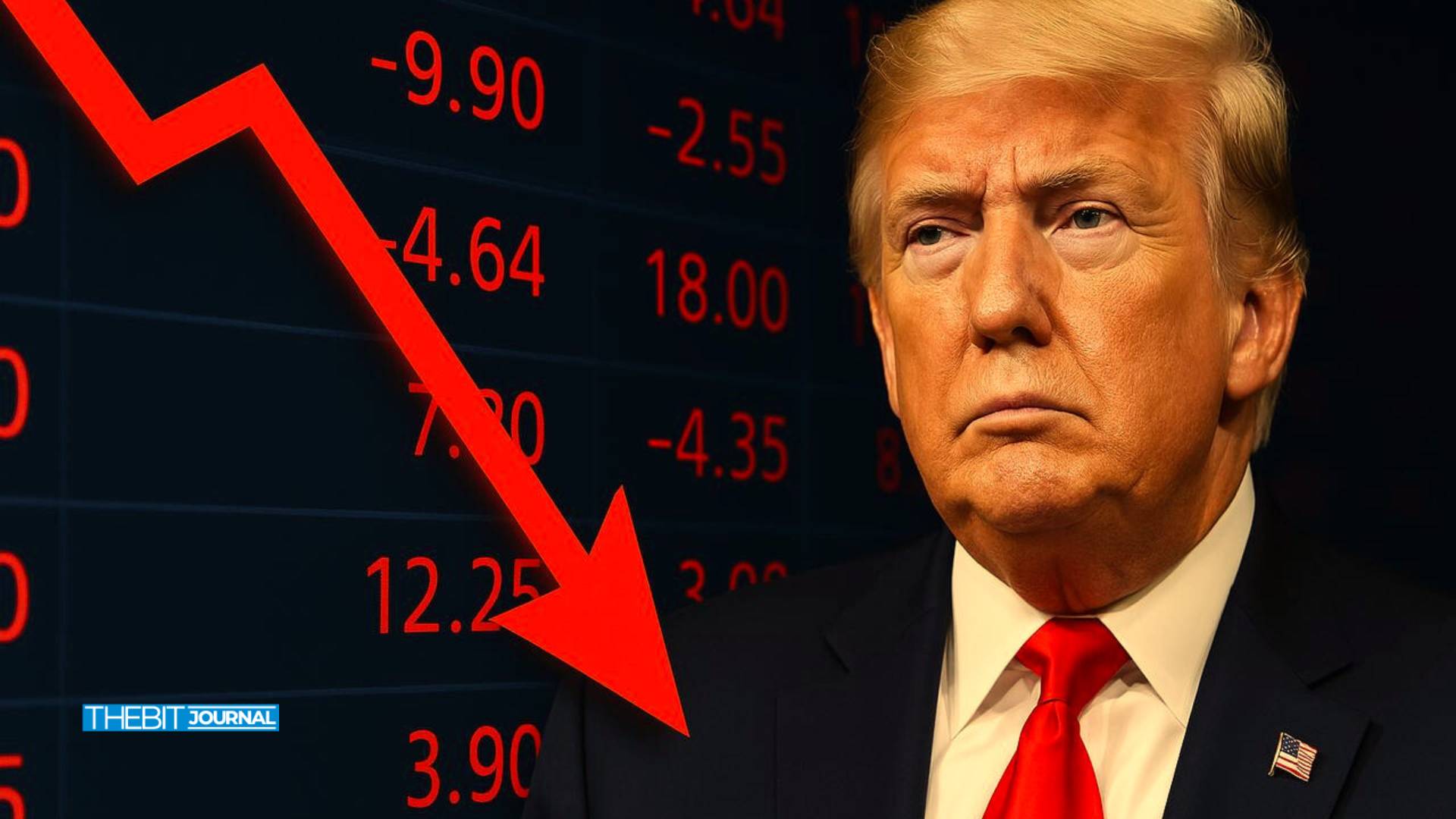 CaryptosHeadlines Media Has Launched Its Native Token CHT.
Airdrop Is Live For Everyone, Claim Instant 5000 CHT Tokens Worth Of $50 USDT.
Join the Airdrop at the official website,
CryptosHeadlinesToken.com
CaryptosHeadlines Media Has Launched Its Native Token CHT.
Airdrop Is Live For Everyone, Claim Instant 5000 CHT Tokens Worth Of $50 USDT.
Join the Airdrop at the official website,
CryptosHeadlinesToken.com
- Fidelity filed with the SEC for an Ethereum-based tokenized fund (FYHXX), blending blockchain tracking with traditional record-keeping systems.
- FYHXX holds 80% U.S. Treasuries and cash, avoids crypto, and uses blockchain as a secondary ledger.
Fidelity Investments has filed paperwork with the SEC to launch a blockchain-based version of its Fidelity Treasury Digital Fund (FYHXX).
The fund, which holds cash and U.S. government securities, will use Ethereum’s blockchain to create an “on-chain share class” but plans to eventually migrate to a proprietary network. This marks Fidelity’s latest effort to modernize traditional finance tools through blockchain integration.
The FYHXX fund will not hold cryptocurrencies. Instead, it allocates 80% of its holdings to U.S. Treasury securities and cash. Shareholders will receive blockchain-tracked records of transactions, though these entries will not serve as the primary legal record.
Instead, the blockchain will mirror off-chain data updated daily. Fidelity clarified that the underlying Treasury bills themselves will not be tokenized, positioning the blockchain as a supplementary tool rather than a replacement for existing systems.
Tokenization aims to streamline processes like settlements and enable round-the-clock trading, potentially improving liquidity. By converting traditional assets into blockchain-based tokens, Fidelity seeks to broaden investor access while maintaining compliance with existing regulations. This follows a prior SEC filing in which Fidelity proposed staking features for its Ethereum ETF, signaling a push to compete with rivals like BlackRock.
BlackRock, which manages $1.5 billion through its blockchain-based BUIDL fund, has led the charge in asset tokenization. Franklin Templeton follows with $689 million in its tokenized fund. Fidelity’s entry arrives later, reflecting a cautious approach.
Banks historically hesitated to support blockchain projects, often conflating tokenized assets—which adhere to traditional regulations—with riskier cryptocurrencies. BlackRock’s 2023 launch of BUIDL reportedly softened this resistance, though many institutions still favor artificial intelligence ventures over blockchain initiatives.
Robbie Mitchnick, BlackRock’s crypto lead, recently noted Ethereum’s dominance in tokenization efforts. “Clients value decentralization, credibility, and security,” he said, highlighting Ethereum’s established role in institutional blockchain adoption.
Fidelity’s dual-record model—combining off-chain legal records with blockchain updates—could serve as a bridge toward full blockchain integration. While immediate changes may seem incremental, the shift hints at a broader industry trend: marrying legacy finance infrastructure with blockchain’s efficiency.
For now, the question is whether traditional investors will prioritize these technical upgrades over familiar systems. As giants like Fidelity and BlackRock place bets, the answer may reshape how markets operate.













